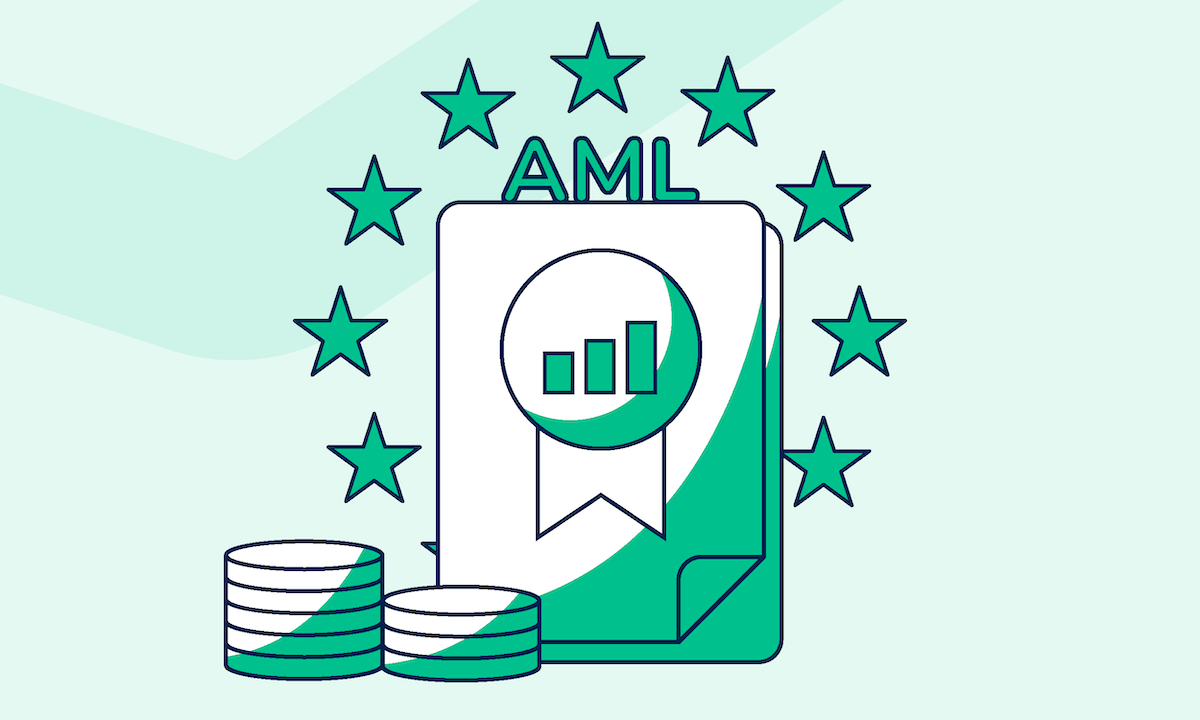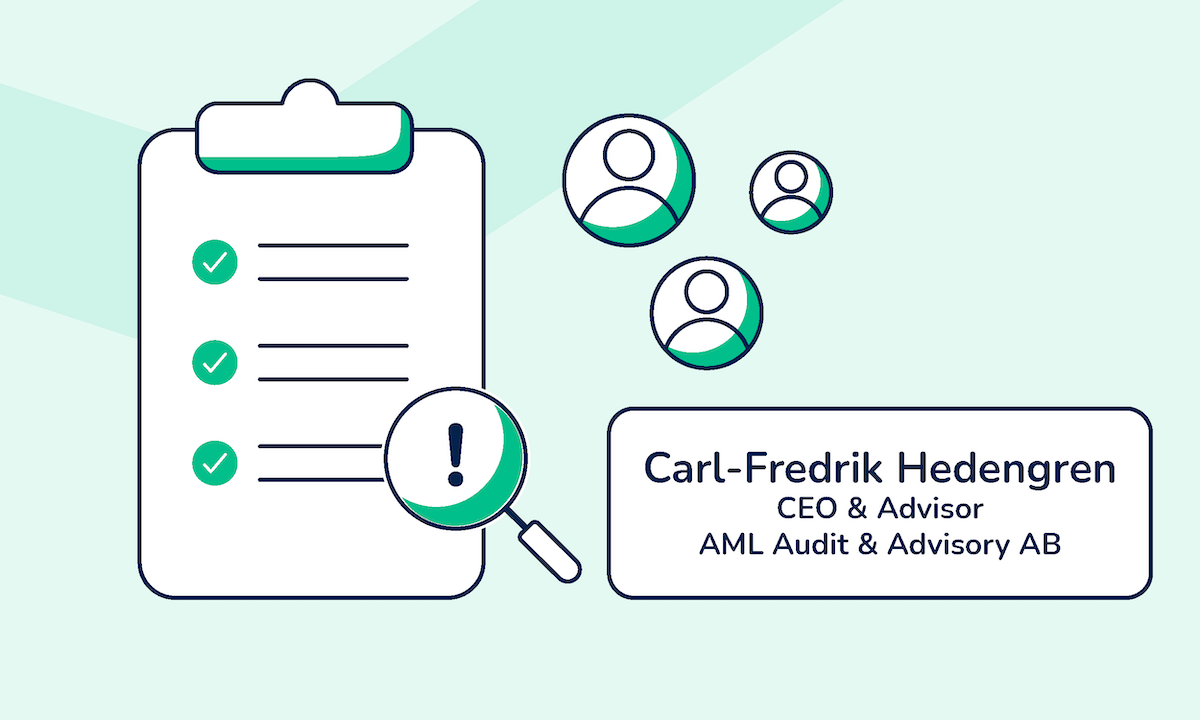In June 2021, the EU Commission proposed a framework for a European Digital Identity to further accelerate digital transformation across the EU.
The European Digital Identity will allow all EU residents and businesses to prove their identity, access cross-border public and private services, and create digital signatures via their personal EU digital wallets.
Everyone will be able to download the EU digital wallet as an app on their mobile phone and use it to safely store their identity information, official documents, and payment data electronically.
Why did the EU introduce the European Digital Identity?
eIDAS paved the way for secure digital interactions across the EU by making digital signatures legal and facilitating cross-border access to online services. Yet, limited access to national eID schemes and the lack of common technical standards for their development prevented the regulation from reaching its full potential.
The European Digital Identity framework aims to solve these problems by mandating all member states to notify at least one eID scheme and issue EU digital wallets based on common technical standards for flawless interoperability.
The EU Commission expects to have a toolbox ready by September 2022. Afterwards, member states can start developing pilot projects.
What are the benefits of the European Digital Identity?
The three main benefits of the European Digital Identity are:
1. Less bureaucracy and increased convenience
In many EU countries, people still go through cumbersome processes to register a change of address or request their criminal record. They need to gather the required documents, make several copies, and submit the application in person.
The EU Digital Identity will reduce bureaucracy by allowing all EU nationals to access national public services online via their personal digital wallet. No more paperwork, in-person meetings, or delays.
What’s more, the European Digital Identity will not only improve access to national public services. It will also make it easier to access cross-border public services.
So, if you move to a new country, you will be able to use the EU digital wallet to apply for a residence permit, open a bank account, or register as a customer with an electricity supplier. Hence, you won’t have to get a local eID anymore.
Additionally, the EU Digital Identity will take the hassle out of doing business across borders by allowing you to register a company, open a business bank account, or file tax returns digitally.
By eliminating administrative burdens, the EU Digital Identity will make it more convenient for businesses and individuals to access the services they need.
2. New opportunities for EU-based businesses
The EU Digital Identity will also create new business opportunities for companies operating within the EU.
Companies that will enable access to their online services and products via the EU digital wallet will significantly increase their customer base. All EU nationals, regardless of where they live, will become potential customers for them. The same goes for business-to-business companies.
Moreover, legal entities and individuals alike will be able to use the digital wallet to sign documents online and confirm their identity in the context of KYC checks.
Certain businesses, including financial services providers, telecom companies, and popular online platforms, will be mandated to accept user authentication via personal digital wallets.
3. More control over the data you share
Since the use of the EU digital wallet is voluntary, it’ll be up to every European to decide whether they want to rely on it or not. Those who choose to use the wallet will be able to control who has access to their data and what data can each third party access.
Naturally, storing all your personal data in one place is potentially dangerous. If your digital wallet gets hacked, the hackers will gain access to all your information, official documents, payment data, etc. But the EU Commission ensures citizens and businesses that EU digital wallets will provide a high level of security to protect the users’ data against cyberthreats.
What services will I be able to access via the EU digital wallet?
Some examples of public and private services you’ll be able to access using your personal digital wallet are:
- Banking and financial services: Open a bank account, apply for a loan, access your online banking account, or complete a KYC check from anywhere and from any device.
- Education: Apply to any European university by simply sharing your information and academic records via your digital wallet.
- Public services: Request your criminal record, apply for a residence permit, and file your tax returns in no time.
- Health: Store your Digital COVID Certificate, medical prescriptions, and health certificates in your EU digital wallet.
- Other private services: Rent a car, sign up with a mobile service provider, or pick up a package from the post office by confirming your identity via the app.
Penneo & the European Digital Identity
Today, Penneo Sign allows users and customers to sign documents online using a limited number of national eIDs. The supported digital IDs are itsme, MitID, Swedish BankID, Norwegian BankID, Finnish BankID, and Mobiilivarmenne.
However, once the EU Digital Wallets become a reality, everyone will be able to sign PDFs with Penneo via their personal wallet using any European eID.
Similarly, Penneo KYC currently only offers identity verification via MitID and Swedish BankID . But a European Digital Wallet will make it possible to use any notified eID scheme across the EU to confirm your identity as part of KYC verification processes.





